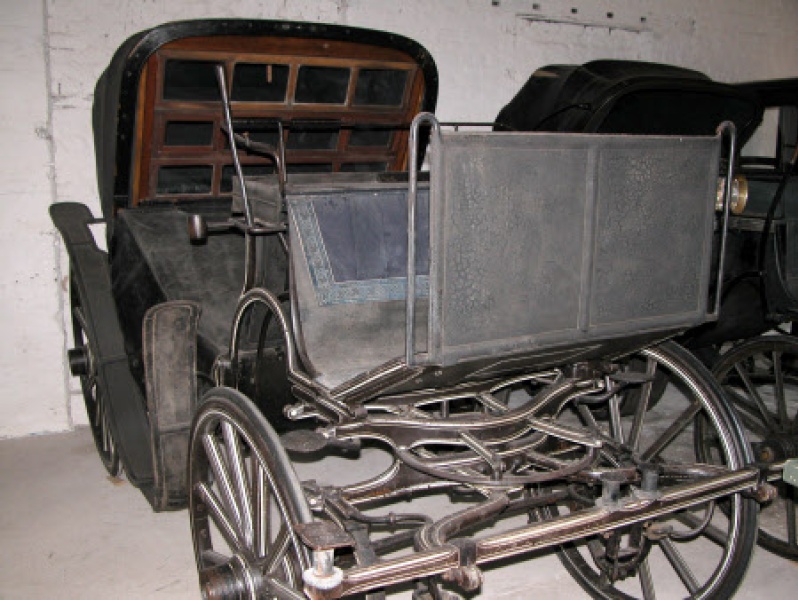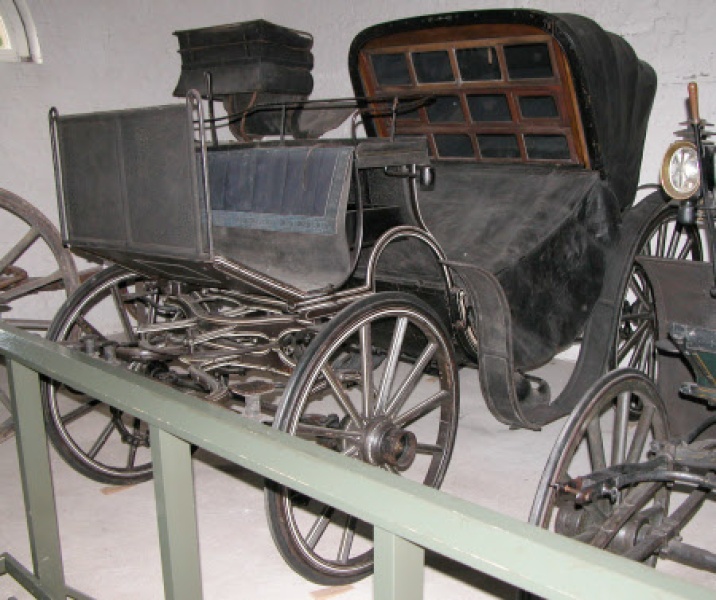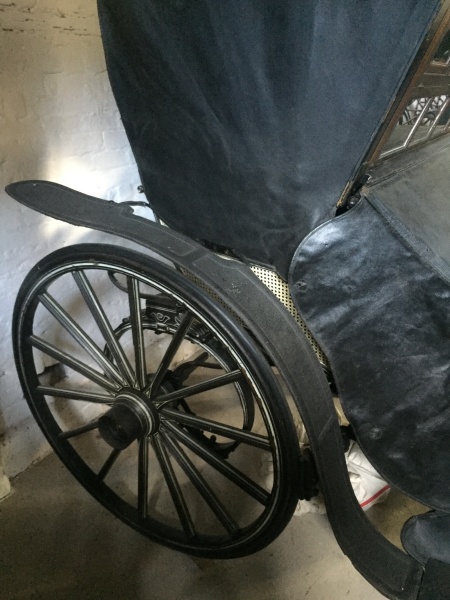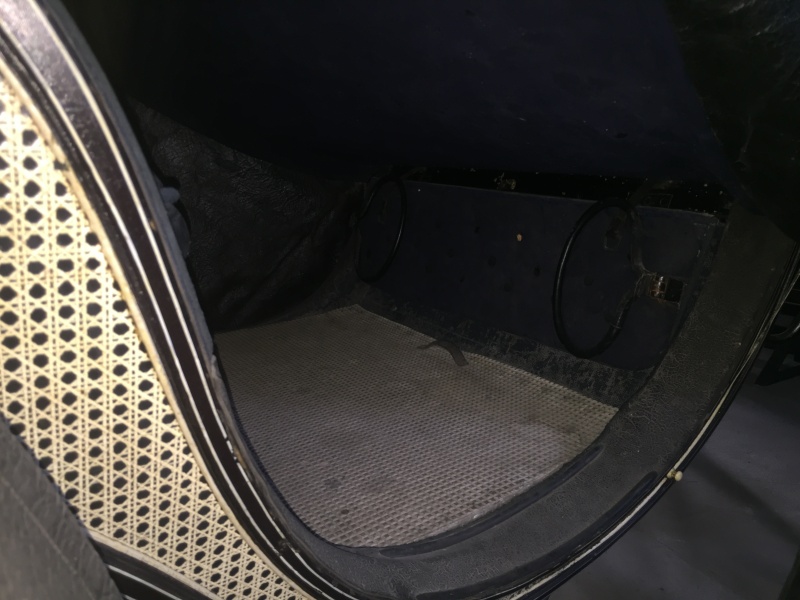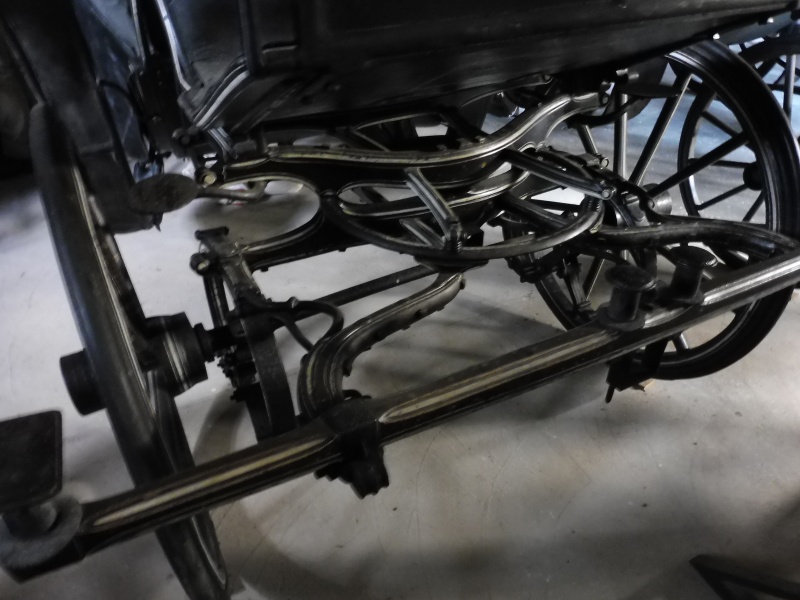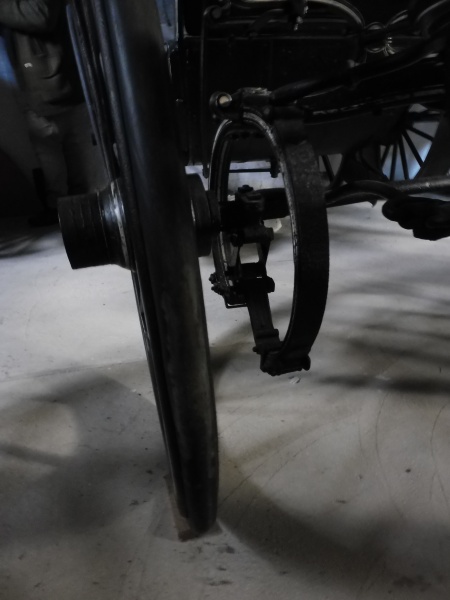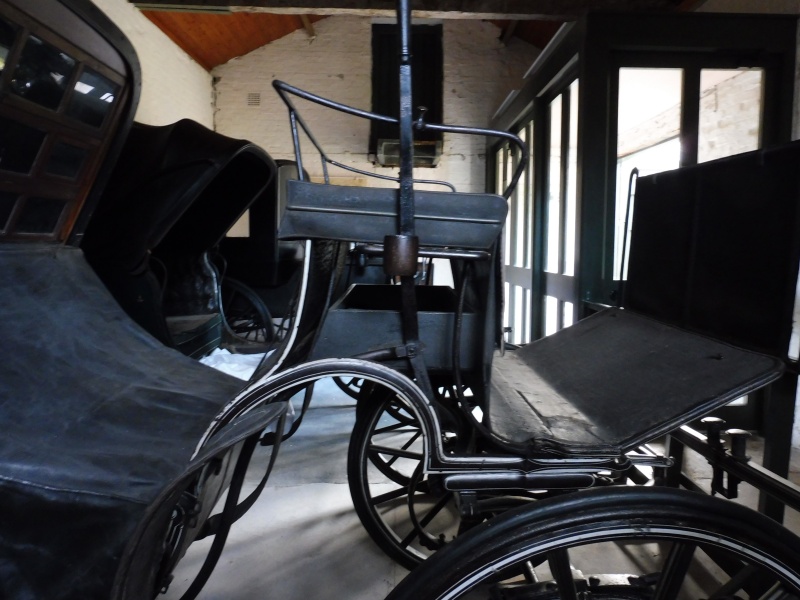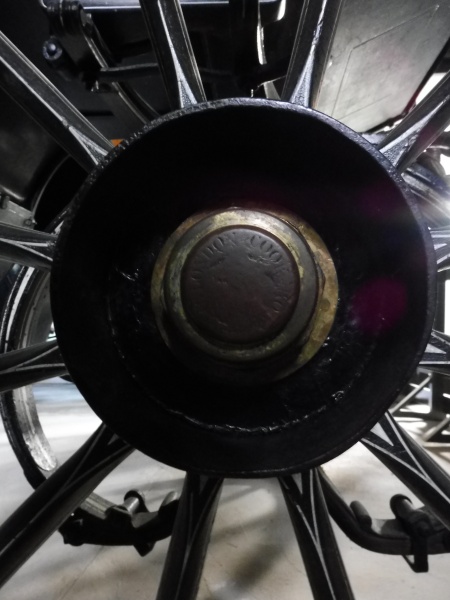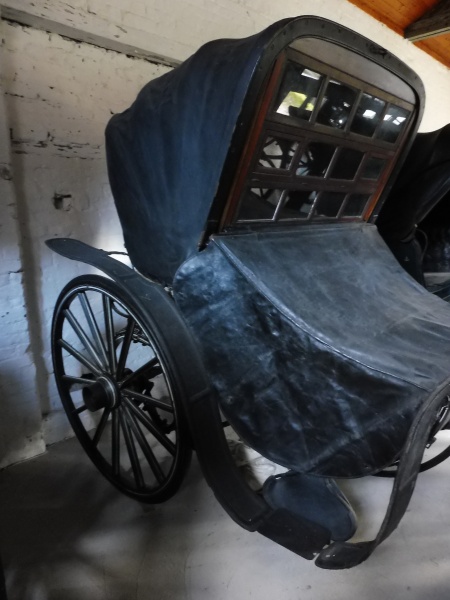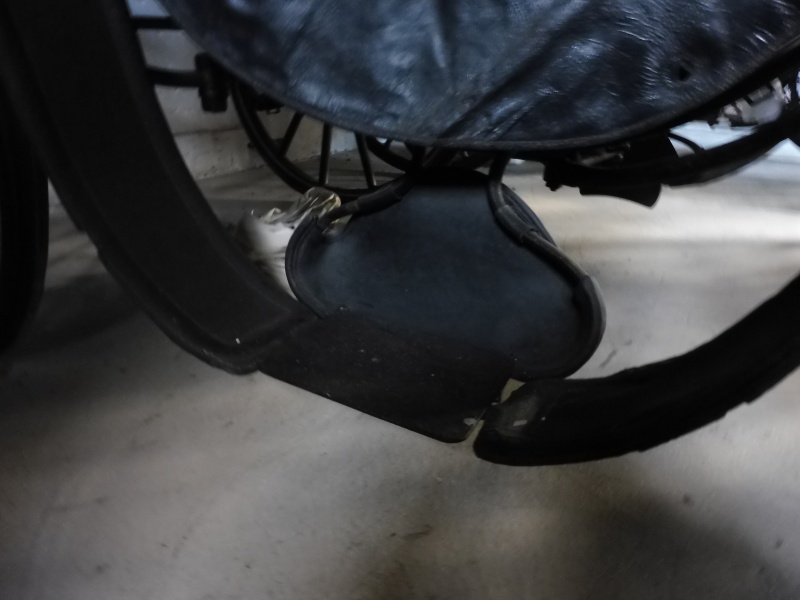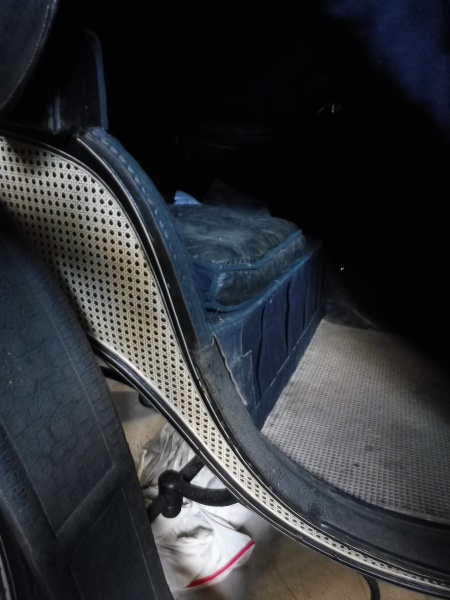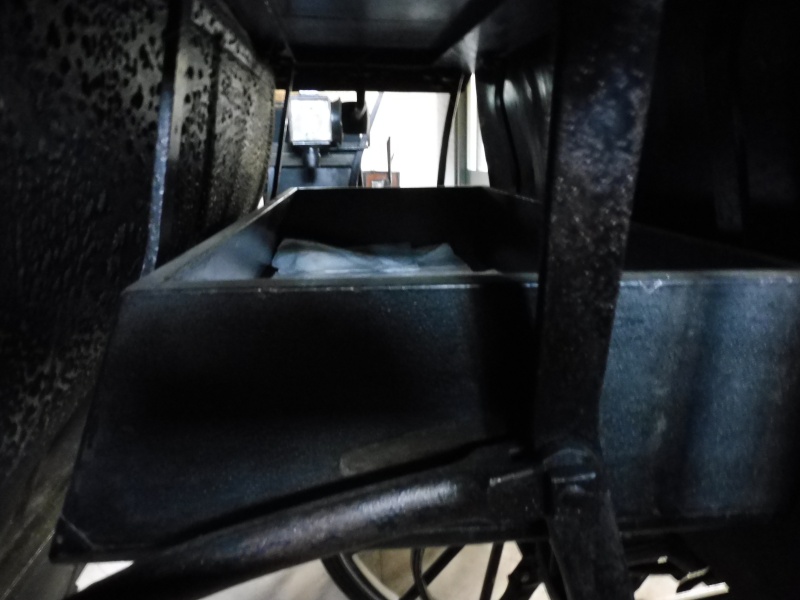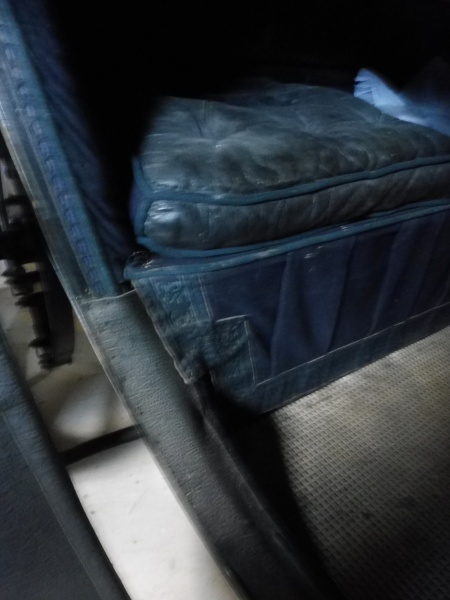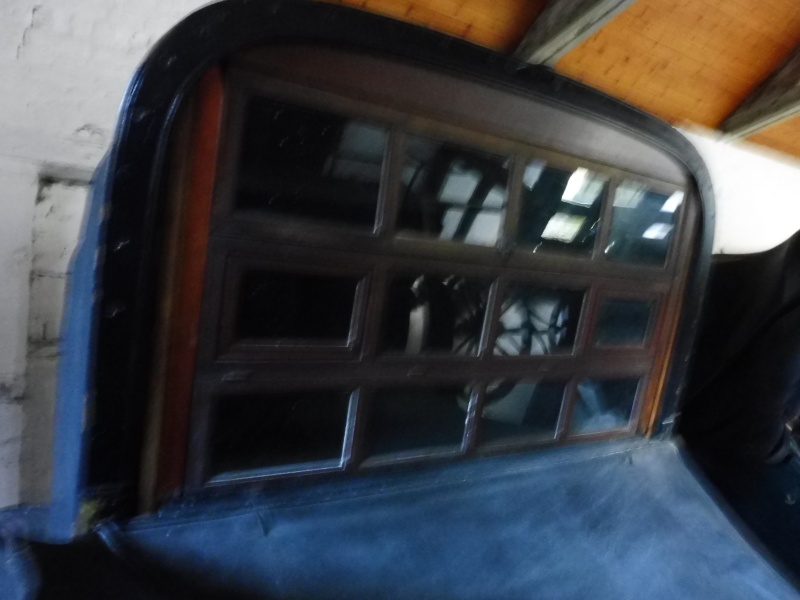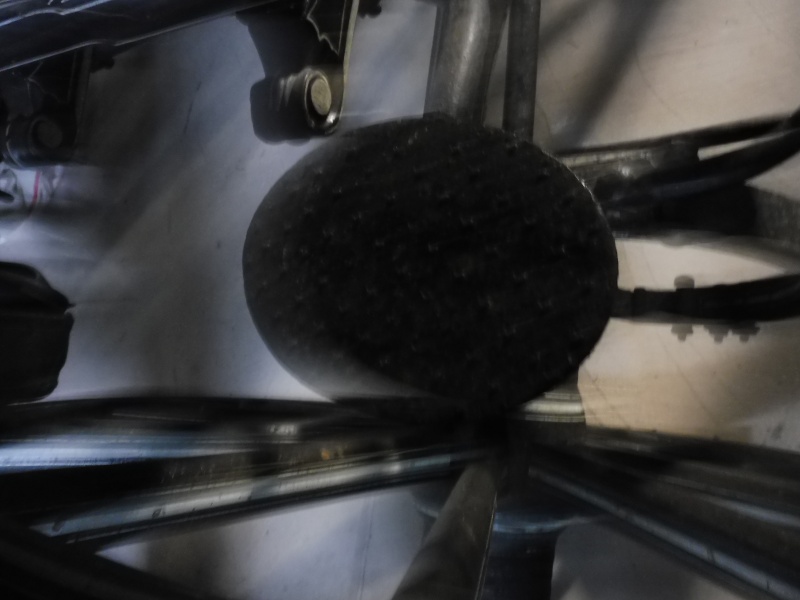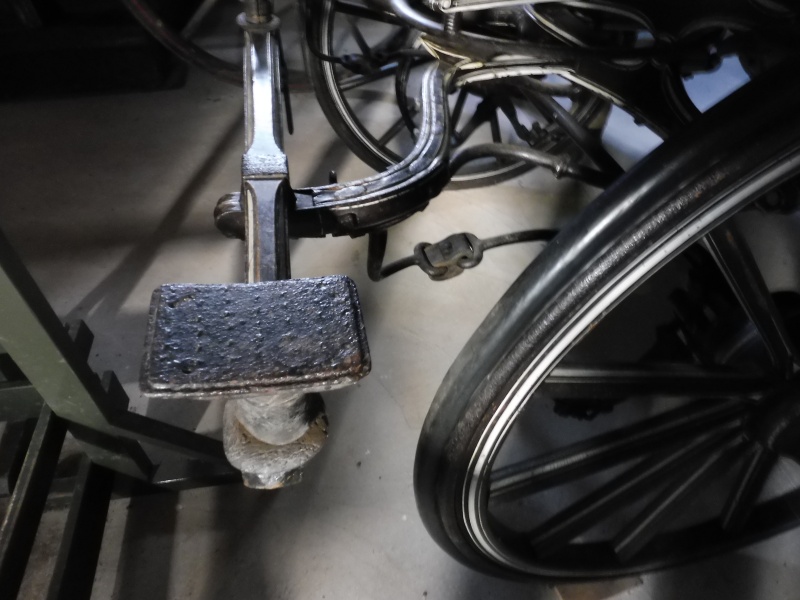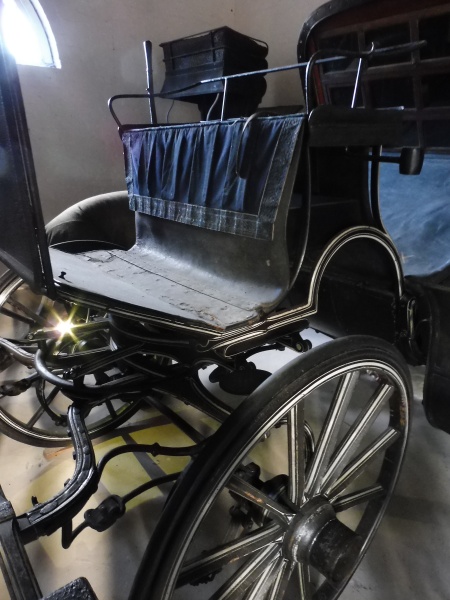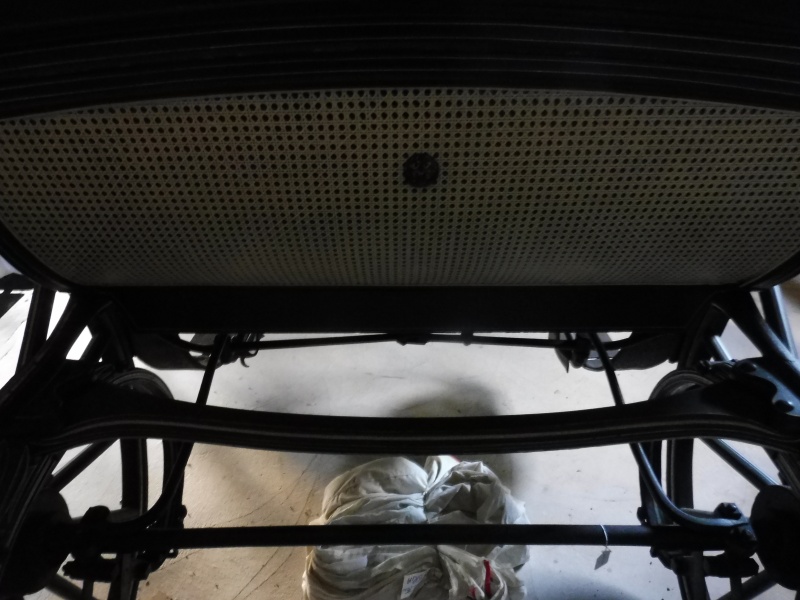Use the dots above to scroll through images.
Listed in 1 collection
Listed at 1 museum
Listed for 1 maker
Quick Details
Carriage Type
Skeleton Boot Victoria
Date of Production
1860
Accession or Inventory Number
ERD/WV/58
Materials used
Paint, Wood, Iron, Leather, Wool Box Cloth, BrassSummary of Skeleton Boot Victoria
This is a rare example of a Skeleton Boot Victoria and has the added interest of the inverted double C springs.
Victoria’s were introduced by the future King Edward VII from Paris and were made popular by the patronage of Queen Victoria who favoured this carriage style. Victoria’s are open carriages with a leather hood to give some protection to the occupants against the sun. They were driven by a coachman with a footman sitting next to him. The low comfortable body carries two, or occasionally three if it has a folding seat stowed in the back of the boot. The low access, elegant style and comfortable seating made the Victoria very popular with ladies for fine weather use.
Dimensions
Height: 6ft 8 ¾”
Length: 11ft 3 ¾”
Width: 5ft 3”
Front WheelDiameter:
Rear Wheel Diameter:
Full description
This is a very attractive Skeleton Boot Victoria with pretty cut-under body with imitation cane-work on the body panels. It has two very unusual and interesting features, suspension on inverted double ‘C’ springs and a folding screen or shutter of small glass windows that fits into a frame in the hood front. It can be folded up and hung inside the frame of the hood. The fixed frame and framework of the screen are varnished mahogany. The screen consists of three rows of four windows, all of which are fixed except the two end ones of the middle row which hinge open. A screen of this sort was usually fitted on a Britzschka, which was used for long journey’s, it is unusual to find one on a Victoria and would suggest that this carriage may have travelled further distances or had an occupant with a delicate disposition.
The body is cut under giving a curved skeletal appearance, hence Skeleton Boot Victoria. A hinged occasional seat folds down opposite the principal seats and is upholstered in a blue box cloth. Two hooped handles are fitted via hinges to each end of the occasional seat, they are served with leather. The principal seat is covered with buttoned black morocco leather with dark blue seaming lace and has a pleated seat fall in blue box cloth with blue broadlace. A leather apron covers the entire body of the carriage attaching to hooks above the occasional seat. It is lined with blue wool cloth and has large skirts that hang to the sides, completely enclosing the carriage. On the floor of the carriage is a stencilled floor cloth.
The side and rear panels are covered in sham cane which adds to the lightness in appearance of the carriage. Sweeping over the wheels at the front and back are splashguards which meet at a step used to access the carriage. The step is a pretty shape with curved brackets, leather back and a square jagged tread.
A leather head is attached to the body of the Victoria via a concealed spring operated lifting mechanism, clever engineering. The head has a front valance made of wood and is lined in blue wool cloth.
The coachman’s seat has a single iron seat rail, leather seat skirt with brass beading and a stowage tray beneath the footboard that is supported on iron brackets. The heelboard is in leather with a blue box cloth seat valance hanging in front edged inblue broadlace. On the floor is the same stenciled cloth as in the body of the carriage, only it is very worn. The dashboard is in leather with grab handles also served with leather. To access the coachman’s is an oval jagged step attached to the ends of the transom and jagged edges to the roller bolts and to the wheel hubs.
This carriage has no lamps but there are provisions to fit them in the form of brackets fitted tothe underside of the coachman’s seat board. The offside one is an extension of the brake rack belonging to a lever action brake, the linkage of which follows the contours of the carriage body underneath to operate on the rear wheels.
The wheels are 12 and 14 spoke Warner pattern with rubber tyres on collinge patent axles. Both axles are compassed up with stays to locate the axles. The front stays are attached to the futchells and the back to the underside of the body.
A very interesting and unusual feature of this Victoria is the springing system. Cook & Rowley patented the double inverted C spring and this carriage has a full set. They are of a completely different appearance to any other spring and compliment the skeletal appearance.
The body, wheels and carriage are painted black with white lining. Cream coloured sham cane covers the side and back panels and a rectangular lined decoration is on the underside of the footboard. On each side of the body and on the back panel are applied oval bosses with a Y monogram.
Inscriptions
On the nearside front axle cap: COOK, ROWLEY & CO. LONDON
Condition report
A carriage in pretty good condition. The leather work is good, especially the apron.
Access information
This Skeleton Boot Victoria is in the care of The National Trust, Erddig.
Erddig
Wrexham
LL13 0YT
Picture credit
The National Trust / Amy Bracey / Robert Lovell

 Carriage Foundation
Carriage Foundation